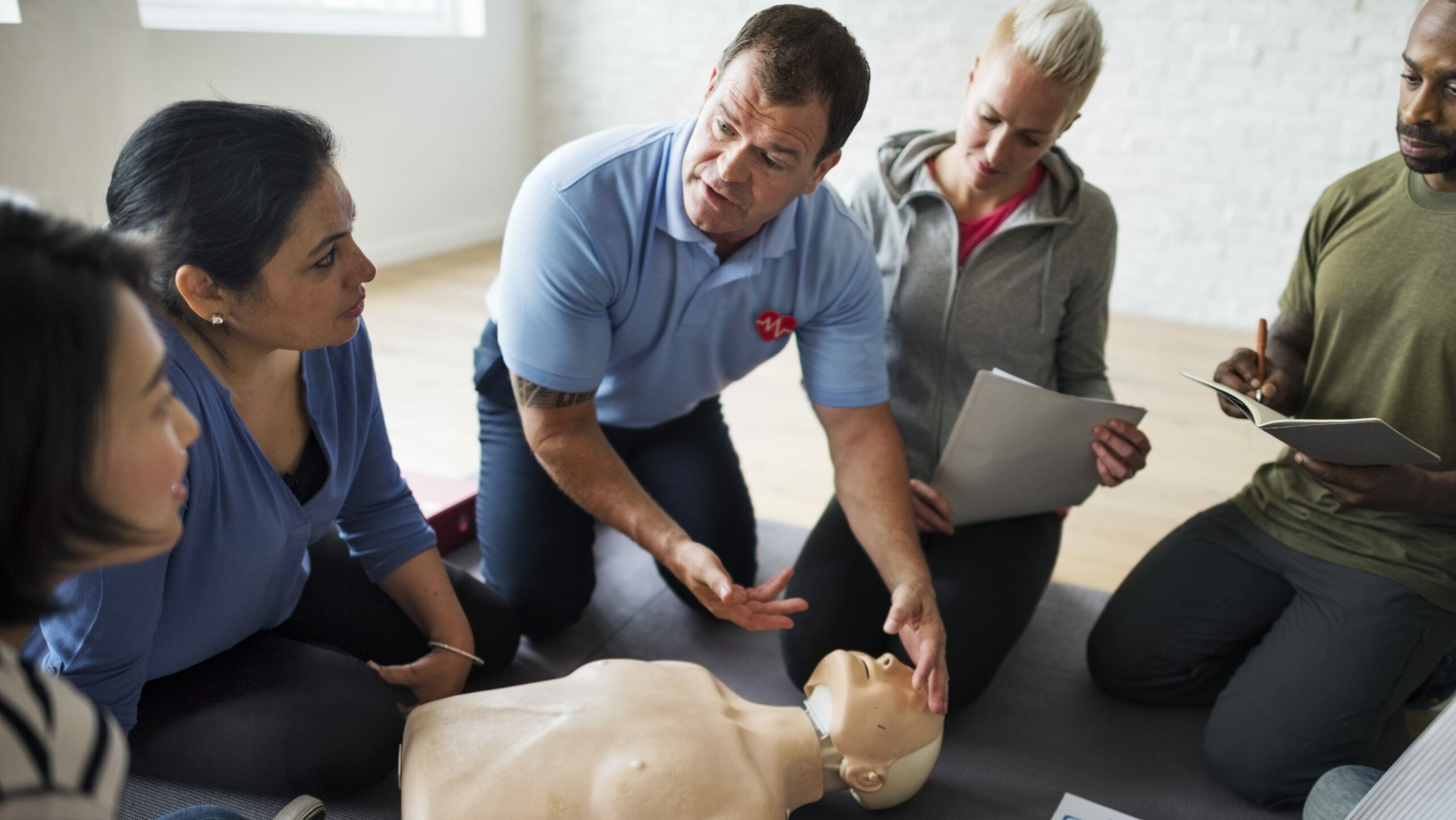Introduction
In our fast-paced globe, emergencies can strike without warning. Whether it's a small injury, a clinical emergency situation, or a deadly circumstance, understanding just how to provide first Hobart emergency training courses aid can make all the distinction. This is where a First Help course enters play. Many people might wonder what they can gain from such training, and this short article aims to shed light on that.
By enrolling in a First Help and CPR course, you don't just learn about bandaging injuries or doing CPR; you outfit on your own with indispensable abilities that could save lives. So, exactly what will you learn in a comprehensive course? Allow's dive into the details.
First Aid Basics: What You'll Discover in an Extensive Course
Understanding Initial Aid
What is First Aid?
First aid refers to the preliminary support given to somebody suffering from an injury or ailment until professional medical assistance arrives. It incorporates various strategies and skills varying from basic wound care to lifesaving methods like CPR (Cardiopulmonary Resuscitation).
Importance of First Aid Training
Why Needs to You Take an Emergency Treatment Course?
Taking a First Aid course is necessary for a number of reasons:
- Confidence: Knowing exactly how to respond in emergency situations can infuse confidence. Life-Saving Skills: The capacity to do mouth-to-mouth resuscitation or aid with choking can conserve lives. Career Development: Many occupations need certification in first aid. Community Responsibility: Being trained ways you can help others effectively.
Overview of CPR
What is CPR?
CPR, or Cardiopulmonary Resuscitation, is an emergency situation procedure performed when a person's heartbeat or breathing has actually quit. It integrates breast compressions with rescue breaths to keep blood flow and oxygenation up until expert help arrives.
The Framework of a Comprehensive Emergency Treatment Course
What Does a First Aid Course Include?
An all-round First Aid and mouth-to-mouth resuscitation course usually covers the adhering to subjects:
Introduction to First Aid Legal and Moral Considerations Scene Safety Basic Life Assistance (BLS) CPR Techniques Choking Relief Wound Treatment Management Burn Treatment Managing Shock Recognizing Clinical Emergencies Using an Automated External Defibrillator (AED)Legal Aspects of First Aid
Are There Legal Effects Associated With Providing First Aid?
Yes, providing first aid does bring lawful duties called "Good Samaritan laws." These regulations safeguard people that help others in emergency situations, provided their actions are practical and not reckless.
Scene Safety: The Very First Step
How Do You Make sure Scene Safety?
Ensuring scene security entails evaluating the setting prior to approaching the victim:
- Look for potential dangers (website traffic, fire). Make certain it's secure for both you and the victim.
Basic Life Assistance (BLS)
What Function Does BLS Play in Emergency Situations?
Basic Life Assistance consists of the fundamentals of keeping life features until further medical assistance arrives. This area covers vital skills such as:
- Checking responsiveness Activating emergency services Performing high-quality chest compressions
Advanced CPR Techniques
What Are Advanced Techniques Covered in CPR Courses?
Advanced techniques might include:
- Two-rescuer CPR Use of obstacle gadgets for rescue breaths Special factors to consider for babies and kids
Choking Relief Techniques
How Do You Aid A Person That is Choking?
Choking alleviation entails 2 important techniques:
The Heimlich maneuver for adults. Back impacts and chest drives for infants.Wound Care Management
How Do You Appropriately Handle Wounds?
Effective injury monitoring includes:
- Cleaning the injury with saline or tidy water. Applying antibiotic ointment. Covering it with sterile dressings.
Burn Treatment
What Work Approaches for Dealing With Burns?
Burn treatment differs by level:
Cool the burn under running water. Cover it with non-stick dressings. Seek medical attention for severe cases.Managing Shock
How Is Shock Acknowledged and Treated?
Recognizing shock consists of seeking signs and symptoms like light skin, quick pulse, or complication:
Lay the individual down. Elevate their legs unless there are injuries avoiding this. Keep them relax up until assistance arrives.Recognizing Clinical Emergencies
What Types of Medical Emergencies Ought To You Realize Of?

Common clinical emergencies include:
- Heart attacks Stroke Severe allergies Understanding these problems assists you act quickly.
Using an Automated External Defibrillator (AED)
How Do You Make use of an AED Correctly?

Using an AED entails transforming it on, connecting pads according to images on the gadget, and following voice triggers carefully.
Importance of Continual Learning
Why Is Constant Knowing Important in First Aid Training?
Continuous understanding guarantees you remain upgraded on finest practices and brand-new protocols in first aid care.
FAQs About First Aid Courses
What Is Included in a Criterion First Aid Course?- A common training course generally covers basic life support, wound management, choking alleviation methods, and legal considerations.
- Most courses range from 6 hours to 16 hours depending on the deepness of content covered.
- Yes, upon effective conclusion of many courses, participants get a first aid certificate, which is generally legitimate for two years.
- Yes! Lots of organizations supply on the internet programs that provide adaptable knowing atmospheres while still being effective.
- Absolutely! Hands-on practice is important for understanding skills like breast compressions and using AEDs effectively.
- Generally, there are no age limitations; nevertheless, participants must be mentally experienced to learn these life-saving skills effectively.
Conclusion
Enrolling in a detailed emergency treatment course equips individuals with essential knowledge that can save lives throughout emergency situations-- whether in your home, work, or out in public areas! From recognizing standard life assistance procedures like mouth-to-mouth resuscitation to learning how to manage wounds correctly or identify indicators of shock-- these programs supply very useful training that anyone can profit from!
As we browse via our every day lives full of unpredictability-- what better means than preparing ourselves via expertise gained from organized training sessions focused on conserving lives?
In final thought-- if you're pondering using up any form of first-aid training-- never ever think twice! Furnish on your own today with these powerful devices since readiness genuinely makes all the distinction when every second counts!
